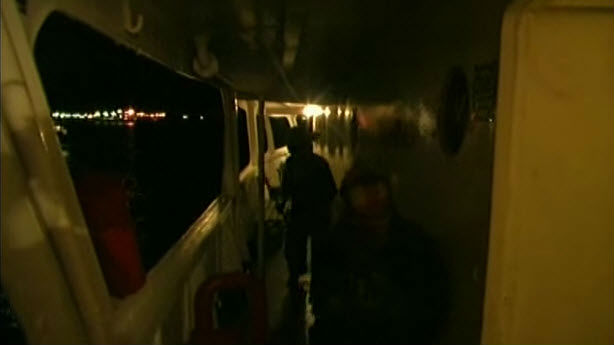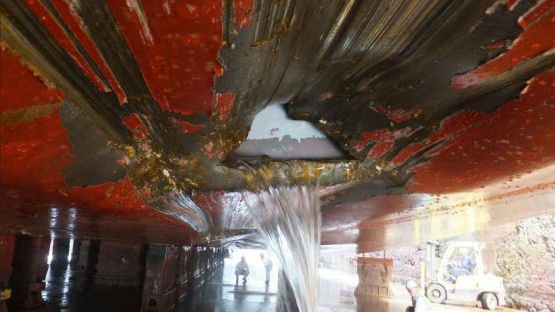



Posted: Aug 10, 2015 9:17 AM EST Updated: Aug 10, 2015 6:00 PM EST
By Blayke Roznowski, Reporter
An overnight small plane crash killed a Michigan Department of Natural Resources Officer.
"There have been some small plane crashes at the airport before," Sheriff Pete Wallin said. "We've had them before, but unfortunately this took the life of an individual."
The crash wasn't discovered until early this morning, when an employee at a local business showed up to work and spotted the wreckage.
Michigan DNR Lt. Arthur Green III was pronounced dead at the scene.
Police believe the Piper Cherokee crashed last night after 11 p.m. at Emmet Brick and Block while trying to land at the nearby Harbor Springs Airport in Emmet County.
9&10's Blayke Roznowski and photojournalist Erin Malone have the latest on this crash, and the loss to the DNR.
A worker at Emmet Brick and Block found the plane crash this morning, but the sheriff says, they believe the crash happened sometime last night.
"From information that we have right now, he did have contact with an individual approximately 11:10," Sheriff Wallin said, "so we believe it happened a short time after that, but wasn't discovered until this morning."
The only person on the plane, Lt. Arthur Green III was pronounced dead at the scene.
"He was a First Lieutenant of the Michigan Department of Natural Resources Law Enforcement Division," Sheriff Wallin said, "and it's a sad day when we lose one of our own and our thoughts and prayers, right now, go out to the family."
The DNR mourns the loss of Lt. Green. They say he was an upstanding professional.
"He really was a consummate professional, a very dedicated public servant who cared deeply about the natural resources of the state," Michigan DNR Public Information Officer Ed Golder said. "Just all around a good guy, no nonsense law enforcement man."
They say Lt. Green played an instrumental role in the department and will be greatly missed.
"The law enforcement community is a very close-knit community and this certainly affects all of our law enforcement personnel," Golder said, "and we're certainly going to miss him."
The sheriff says the investigation is ongoing. We'll keep you updated on air and on the web as more details come in.
| Date: | 09-AUG-2015 |
| Time: | 23:00+ |
| Type: |  Piper PA-32R-300 Cherokee Lance |
| Owner/operator: | Tuskegee Airman National Historical Museum |
| Registration: | N43829 |
| C/n / msn: | 32R-7780527 |
| Fatalities: | Fatalities: 1 / Occupants: 1 |
| Other fatalities: | 0 |
| Airplane damage: | Substantial |
| Location: | Near Harbor Springs Airport (KMGN), Harbor Springs, MI -
 United States of America United States of America
|
| Phase: | Approach |
| Nature: | Unknown |
| Departure airport: | |
| Harbor Springs (KMGN) |
The aircraft impacted trees and corporate yard terrain east of Harbor Springs Airport (KMGN), Harbor Springs, Michigan. The airplane sustained substantial damage and the sole pilot onboard received fatal injuries.
Sources:
http://aviation-safety.net/wikibase/wiki.php?id=178484
http://www.detroitnews.com/story/news/local/michigan/2015/08/10/authorities-pilot-dies-small-plane-crash-mich/31406073/
http://www.9and10news.com/story/29748776/deadly-plane-crash-in-emmet-county
http://photos.mlive.com/grandrapidspress/2015/08/harbor_springs_plane_crash.html
http://registry.faa.gov/aircraftinquiry/NNum_Results.aspx?NNumbertxt=43829
http://www.airport-data.com/aircraft/photo/000967064.html


























